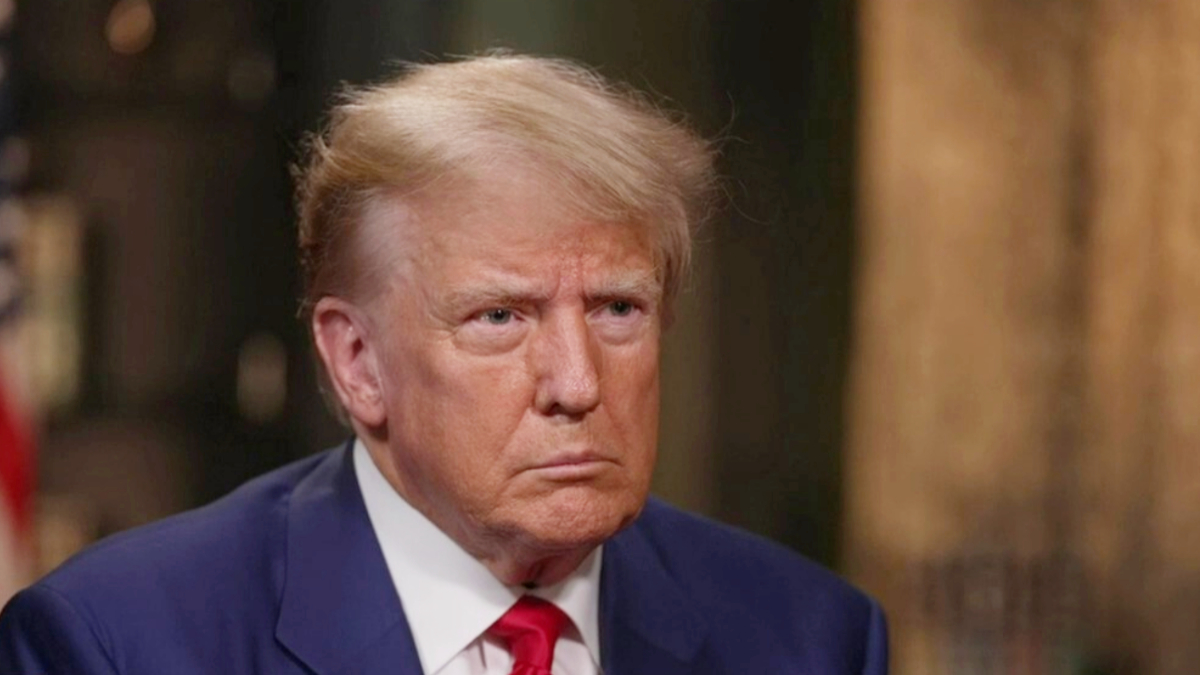
Donald Trump has long touted his tax policies as a way to reduce the tax burdens of millions of Americans, but his plans often seem to disproportionately favor the wealthy. Throughout his political career, Trump has made bold claims about overhauling the tax system, promising to lower taxes for everyone while supporting policies that primarily benefit the ultra-wealthy.
During his first term, Trump passed the Tax Cuts and Jobs Act in 2017, which included tax cuts for all taxpayers, with the most significant reductions benefiting corporations and high-income earners. Trump promised that the cuts would increase middle-class wages by $4,000 to $9,000, relying on corporations to pass on their tax savings to workers. However, critics argue that this “trickle-down” approach didn’t deliver as promised, and instead, it worsened income inequality by enriching the wealthy and corporate sectors while doing little for lower-income households.
The provisions of the 2017 tax law are set to expire at the end of 2025. If no action is taken, around 62% of tax filers could see their taxes rise in 2026, according to the Tax Foundation. Trump, however, has signaled that he supports extending these provisions, which would likely continue to benefit corporations and high earners.
Trump has also proposed additional tax cuts targeting working-class voters, such as eliminating taxes on overtime pay, tips, and Social Security. While these tax cuts are aimed at appealing to lower-income groups, critics argue they don’t do enough to help the broader working class, especially those with lower wages who don’t earn tips. Furthermore, Trump’s proposed tariffs on imported goods could raise taxes for most taxpayers, with only the wealthiest — those earning over $360,000 a year — seeing a tax decrease.
Despite the tax cuts implemented during his presidency, Trump’s policies have been criticized for increasing income inequality, and there is little evidence that they achieved the economic boost he claimed. With rising costs for essentials like groceries, Trump’s promises to lower everyday expenses appear increasingly unsubstantiated, especially for those in the lower and middle-income brackets. Unless you’re in the top 5% of earners, it’s unlikely that Trump’s tax reforms will have much of an impact on your financial situation.
